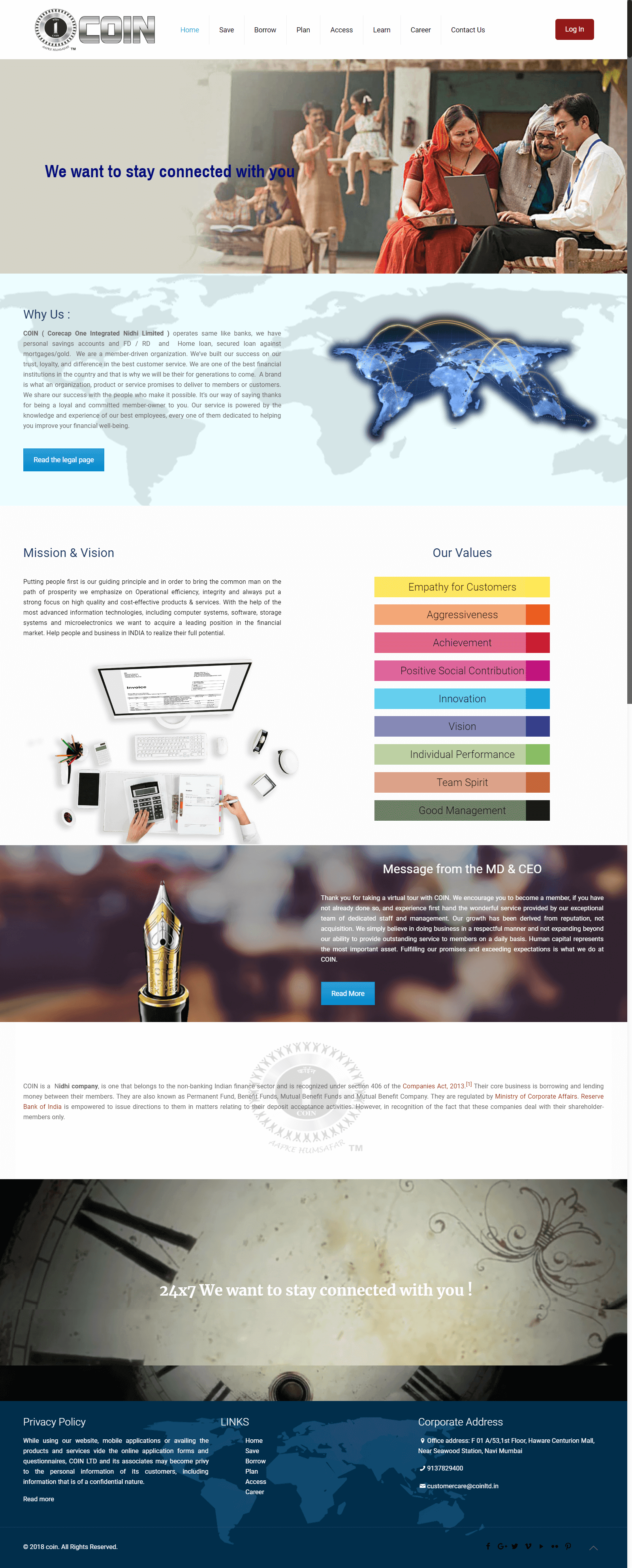17
Nov 2024
- BY braincandy
- POSTED IN Website Design & Development
- WITH 0 COMMENTS
- PERMALINK
- STANDARD POST TYPE

 The idea behind “Your Business Does Not Need a Website in 2025” is likely a provocative statement intended to challenge conventional thinking. While it may sound counterintuitive at first, this concept could suggest several modern approaches that are becoming more effective or even essential for businesses. Here are some key interpretations:
The idea behind “Your Business Does Not Need a Website in 2025” is likely a provocative statement intended to challenge conventional thinking. While it may sound counterintuitive at first, this concept could suggest several modern approaches that are becoming more effective or even essential for businesses. Here are some key interpretations:
- Shift towards Social Media and Apps
- Social Media Presence: Businesses can thrive with a strong social media presence alone, engaging directly with their audience on platforms like Instagram, Facebook, TikTok, and LinkedIn.
- Direct Interaction: Messaging apps (e.g., WhatsApp Business) and other direct communication tools allow more personalized interaction without needing a traditional website.
- Third-Party Platforms and Marketplaces
- E-commerce Platforms: Instead of maintaining their own websites, businesses might opt for marketplaces like Amazon, Etsy, or Shopify, which already have massive audiences.
- Service Marketplaces: Service-based businesses can leverage platforms like Upwork or Fiverr to find clients and build a strong client base.
- Micro-Websites and Link-in-Bio Pages
- Link Aggregator Services: Tools like Linktree, Beacons, or custom “link in bio” websites offer compact, easy-to-navigate pages that host essential business information and contact links.
- SEO and Discovery: These micro-sites are often optimized for discovery, reaching audiences without the need for a full-scale website.
- Super Apps and All-in-One Platforms
- Integration: Apps like WeChat and other comprehensive platforms allow businesses to run promotions, sell products, and interact with customers—all within a single app ecosystem.
- Convenience: The convenience factor for users can make these platforms more appealing than standalone websites.
- Enhanced Local SEO with Google My Business
- Direct Search Results: A well-optimized Google Business Profile can provide all the necessary business information right on the search page, reducing the need for customers to visit a website.
- Customer Interaction: Reviews, updates, and direct communication with customers can occur through these profiles, acting as a dynamic and interactive web presence.
- Emerging Technologies
- Voice Search and Assistants: The increasing use of smart speakers and voice assistants means people may find and interact with businesses through spoken queries, bypassing traditional website browsing.
- Augmented Reality (AR): AR experiences that can be shared via apps or on social platforms can sometimes offer a richer engagement than a simple website.
While a website can still be a valuable asset for many businesses, these trends illustrate how digital presence is evolving and diversifying. The decision not to rely solely on a traditional website depends on the nature of the business, its audience, and the most effective platforms for reaching customers.












